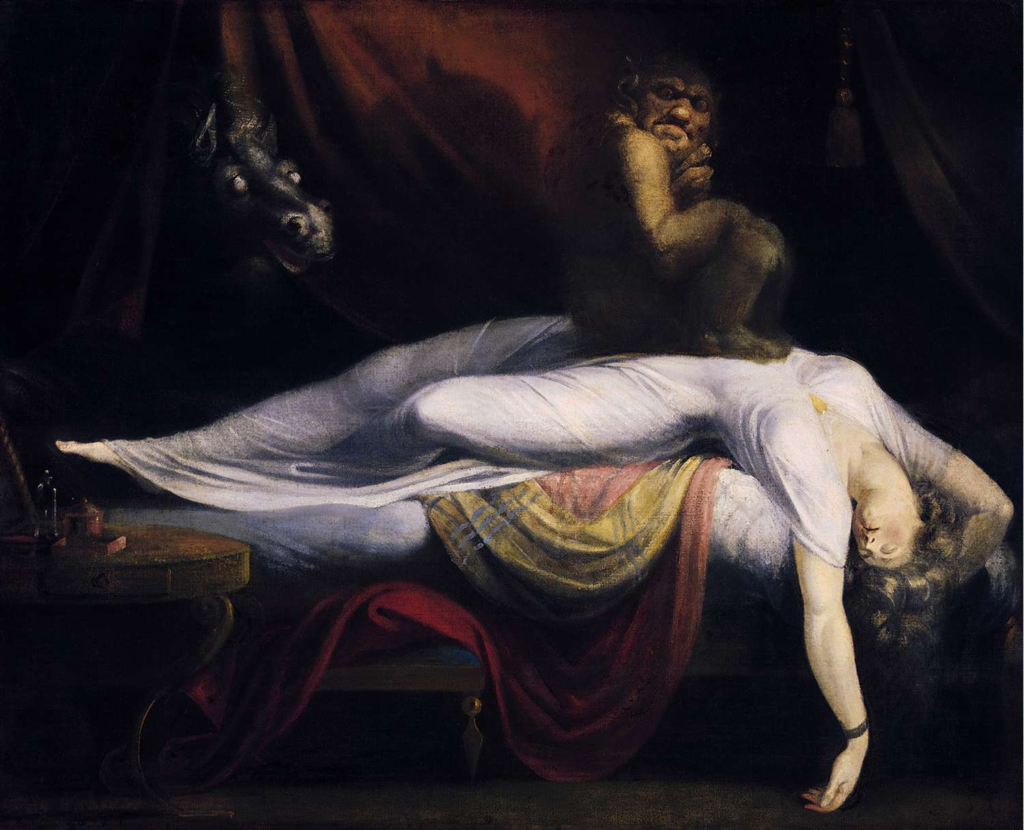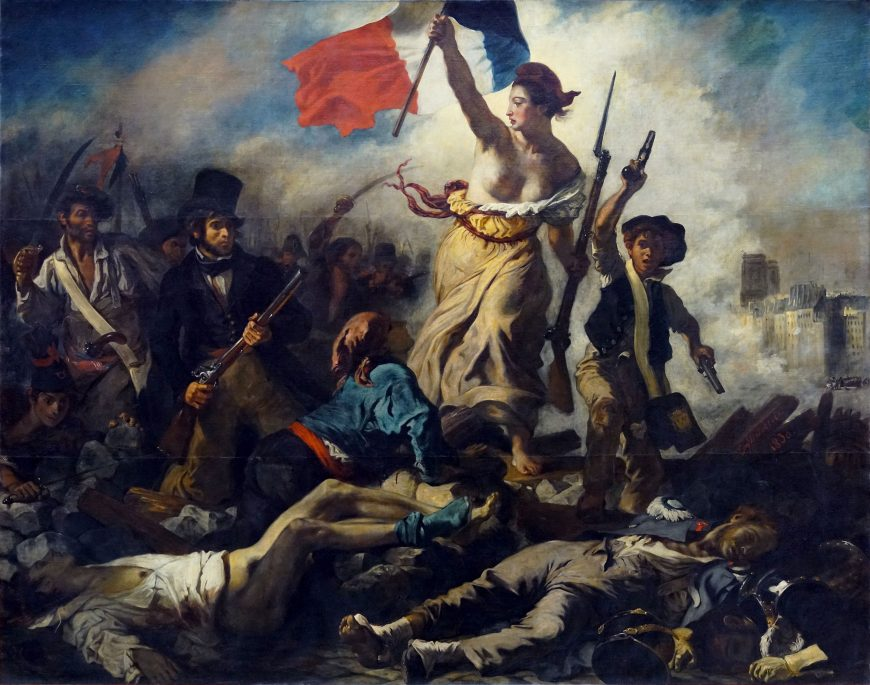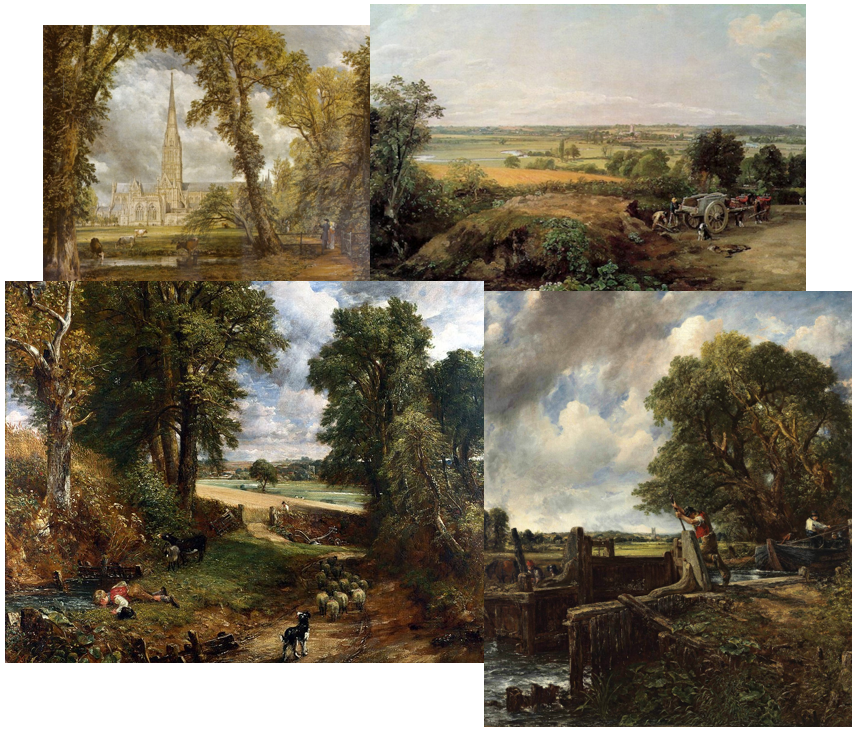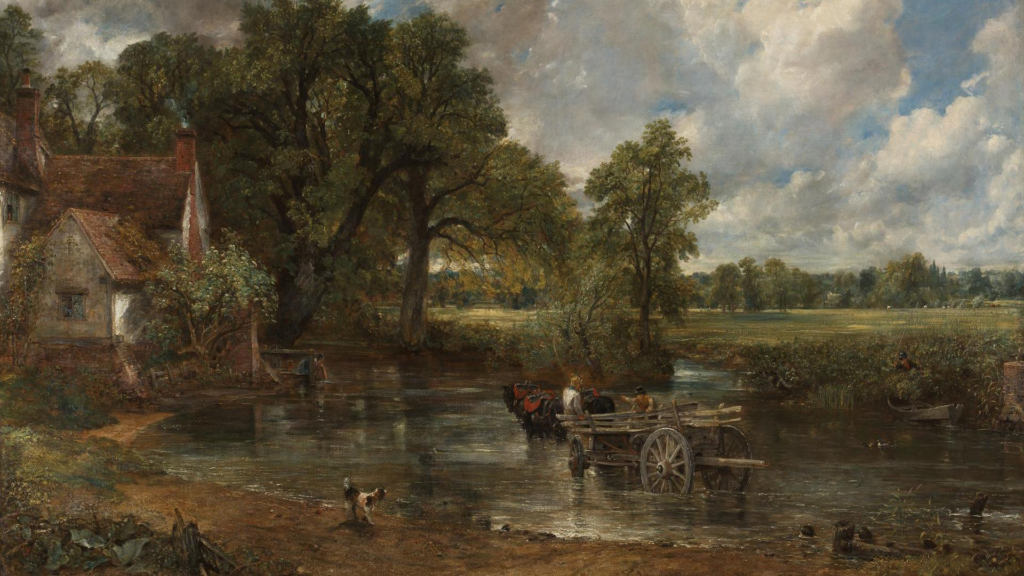Romanticism and sublime
Romanticism was a particular movement in art that emphasises on emotion and individualism, along with a glorification of the past. Painters, poets and writers drew particular inspiration from nature, which played a prominent role in their depictions. Photography in the 1800’s were slowly developing, but quickly becoming popular as a form of art. With its emphasis on the imagination and emotion, Romanticism emerged as a response to the disillusionment with the Enlightenment values of reason and order in the aftermath of the French Revolution of 1789. Nowadays when the term Enlightenment is used, it refers to a period in history in Europe in the 1600s and 1700s. During that time, people all over Europe believed that the darkness of the past was giving way to light. The darkness was ignorance, superstition, and unproven beliefs; the light was knowledge and the improvement it brought. The Renaissance paved the way for the Enlightenment. The Renaissance was a fervent period of European cultural, artistic, political and economic “rebirth” following the Middle Ages. Generally described as taking place from the 14th century to the 17th century, the Renaissance promoted the rediscovery of classical philosophy, literature and art. The Industrial Revolution also influenced Romanticism, which was in part about escaping from modern realities. Artists would intentionally paint or photograph landscapes and not include

When did Romanticism come about?
The Romantic Period began roughly around 1798 and lasted until 1837. Romanticism gained momentum as an artistic movement in France and Britain in the early decades of the nineteenth century and flourished until mid-century. With its emphasis on the imagination and emotion, Romanticism emerged as a response to the disillusionment with the Enlightenment values of reason and order in the aftermath of the French Revolution of 1789.

What are some characteristics of Romanticism?
Some characteristics of Romanticism include a deepened appreciation of the beauties of nature and a general exaltation of emotion over reason. Romanticism placed particular emphasis on emotion, horror, awe, terror and apprehension. Emotion and feeling were central not only to the creation of the work, but also in how it should be read.
What is meant by the term ‘Sublime’?
The philosopher Edmund Burke who defined the idea of the sublime in the mid eighteenth century understood the importance of people being made to feel small and insignificant as a way of putting daily life in perspective. The idea of the sublime is central to a Romantic’s perception of, and heightened awareness in, the world, it is often a slightly elevated version of delightful or delicious. Burke defined sublime art as art that refers to a greatness beyond all possibility of calculation, measurement or imitation.

Artist reference:
John Constable:

John Constable (born June 11, 1776- died March 31, 1837) grew up in East Bergholt, a village found in the Stour River valley of Suffolk County in the southeast of England, an area that came to be known as “Constable country.” Although its gentle landscape did not include grand mountain scenery, Constable believed the Stour valley had set him on the path to his life’s work, and he chose it as his primary subject for much of his career.
Constable is most famous for his landscape paintings, which are mostly the Suffolk country where he was born and lived. He was one of the first artists of the Romantic movement to create landscape paintings drawn directly from nature (open-air sketches) rather than the idealised and dramatic depictions favoured by other artists of the period and in taking this stance he pioneered Naturalism in Britain.
Examples of his work:


This particular painting is called The Hay Wain, which is of the millpond at Flatford on the River Stour in Suffolk, where Constable grew up and lived. Flatford Mill was a watermill for the grinding of corn, leased and operated by the Constable family for nearly a hundred years. His determination to capture the rural Suffolk landscape of his boyhood in these monumental paintings would’ve been due to the changing of landscape around him from rapid industrialisation. Constable focuses on rural landscapes and during the industrial revolution, the factories, steam power and such are absent in his artwork.
